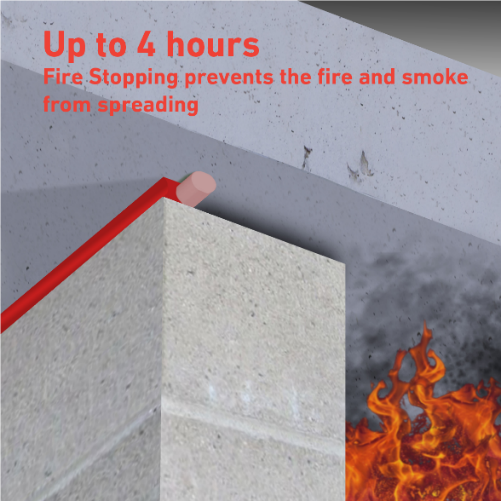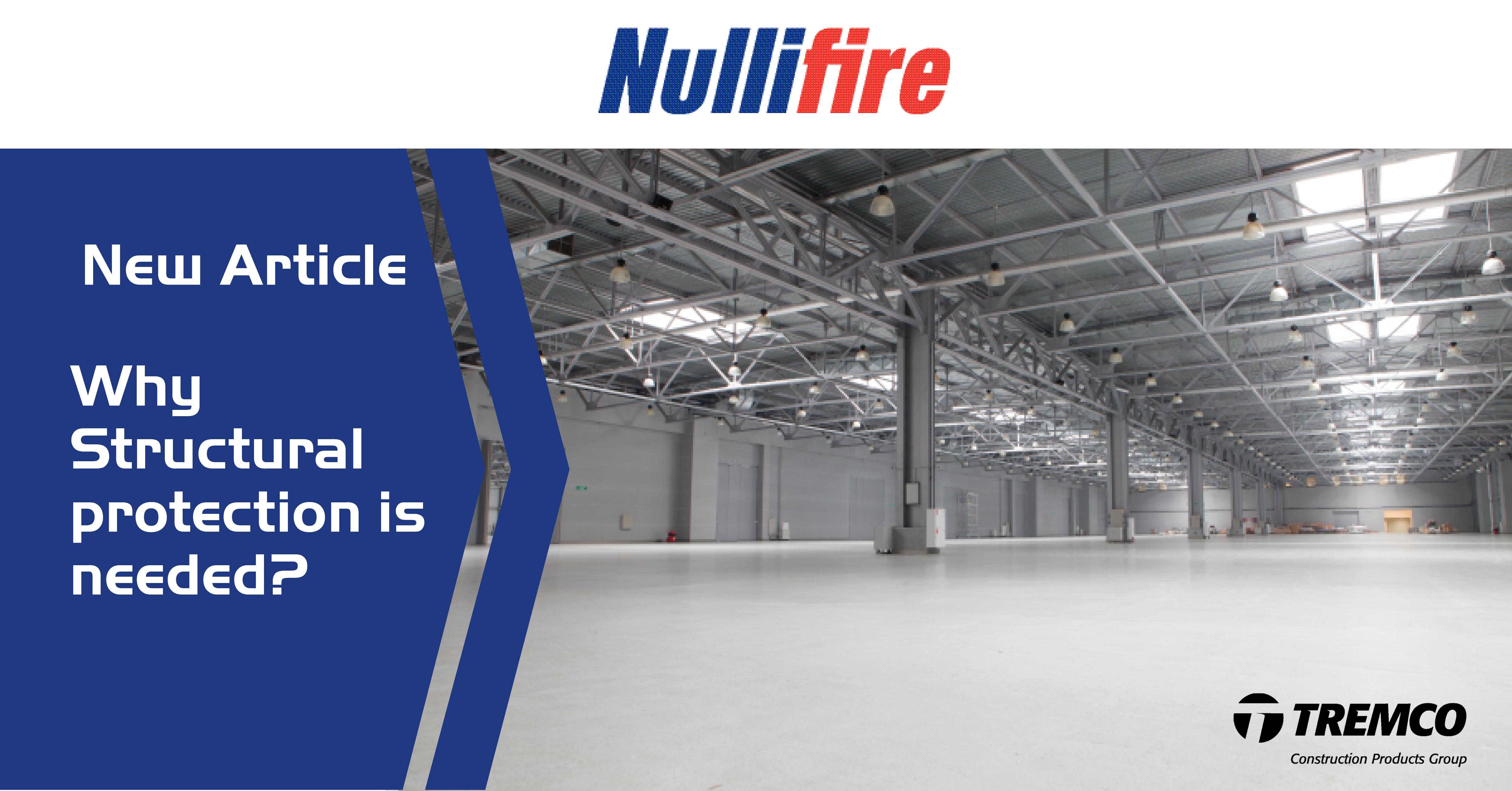Fundamentals of Fire Stopping
Basics of Fire Stopping
In the event of a fire in a building, and especially if the fire stopping is insufficient, the fire and smoke spread very quickly through the building. Tragically, it has been established that the vast majority of victims of the fire were not even in the room where the fire started. And 80% of fire deaths are related to inhalation of smoke and toxic fumes.
Fire Stopping products prevent the spread of flames, heat and smoke. The rest of the building will be safe and will allow safe evacuation and recovery.
An example of how fast smoke spreads:
You are in a room that is six meters long, six meters wide and six meters high. A fire just started in the apartment next door. There is a hole the size of a pencil in the wall. Already after 3 minutes and 40 seconds there is so much smoke in your room that visibility is less than 40 cm and there is immediate suffocation risk.
How does Fire Stopping work?
Fire stopping, also known as compartmentation, is a fundamental part of passive fire proofing. The fire stopping principle is based on compartmentalisation. Building compartments will confine the fire in the area where it started. The main compartment structures such as floors, walls and ceiling assemblies are fire resistant up to a certain, specified time frame.
Various service penetrations run through these structures as buildings are equipped with electricity, network connections, water, air and gas. Compartments also need joints for their functionality.
Flames, heat and smoke will spread through any opening in the compartment if not fire stopping. Correctly installed fire stopping solutions will keep the fire where it started.

Nullifire product range offers products, systems and solutions for all fire stopping needs for construction joints, pipe, cable and electrical penetrations on walls and floors. We work proactively with architects, specifiers, main contractors and all others involved to ensure the safety of properties and people within the UK.









